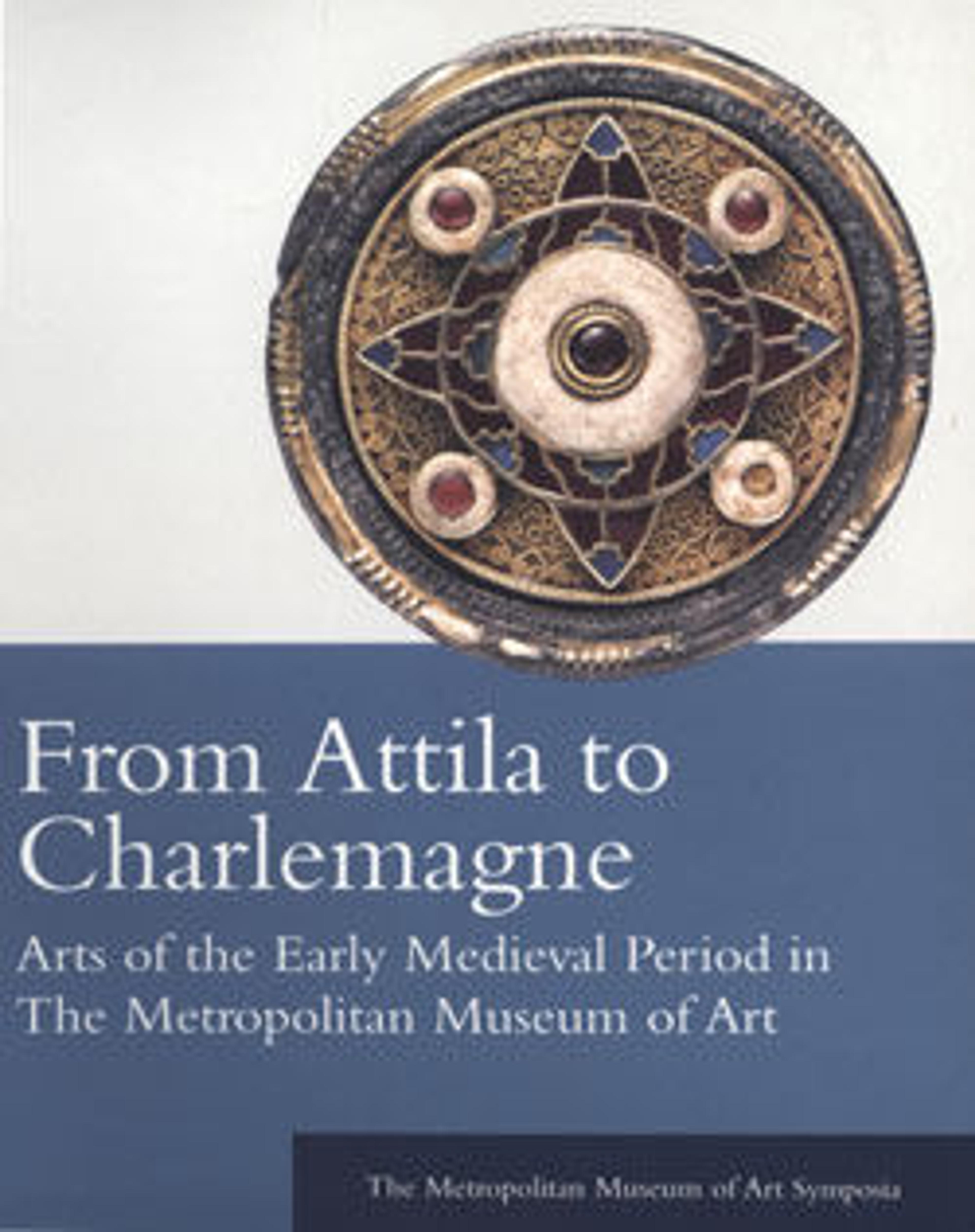Horse Bit
This elaborately decorated bit, resembling the spade bit used by some (Western-style) riders today, has a large projecting tongue, or port, that would have been inserted into the horse’s mouth. The bridle was attached to the moveable rectangular plaques, while the reins were strung through the rings on the straight bar, beneath the horse’s jaw. The severity of the bit implies both a well-schooled horse and a skilled rider; a misstep by either would inflict great pain on the beast. The rich inlaid decoration includes Greek monograms, human faces, animal heads, and vine scrolls. Perhaps copied from or inspired by Byzantine art, the Greek monogram likely indicated the importance of the horse’s owner.
Artwork Details
- Title: Horse Bit
- Date: 7th–9th century
- Geography: Made in Andalusia, Spain
- Culture: Visigothic or Byzantine
- Medium: Iron inlaid with copper alloy, gold, and silver
- Dimensions: Overall: 10 5/8 x 7 1/16 x 5 5/16 in. (27 x 18 x 13.5 cm)
- Classification: Metalwork-Iron
- Credit Line: Fletcher Fund, 1947
- Object Number: 47.100.24
- Curatorial Department: Medieval Art and The Cloisters
More Artwork
Research Resources
The Met provides unparalleled resources for research and welcomes an international community of students and scholars. The Met's Open Access API is where creators and researchers can connect to the The Met collection. Open Access data and public domain images are available for unrestricted commercial and noncommercial use without permission or fee.
To request images under copyright and other restrictions, please use this Image Request form.
Feedback
We continue to research and examine historical and cultural context for objects in The Met collection. If you have comments or questions about this object record, please complete and submit this form. The Museum looks forward to receiving your comments.
